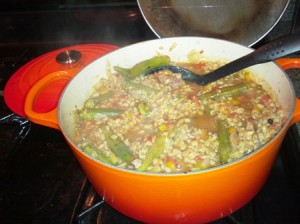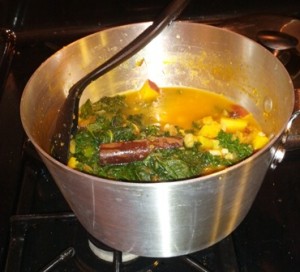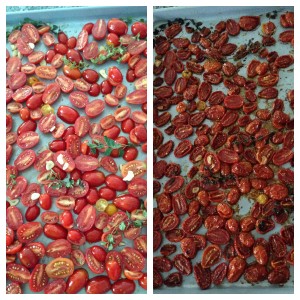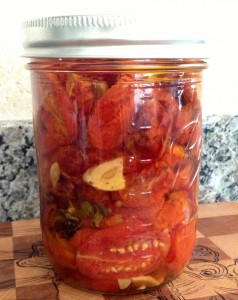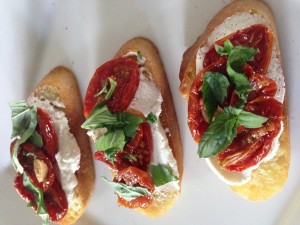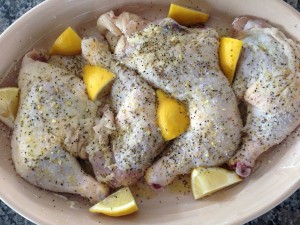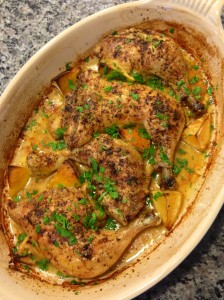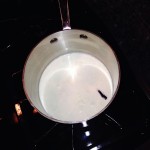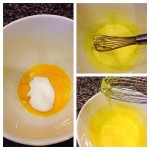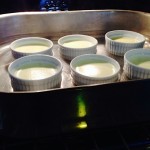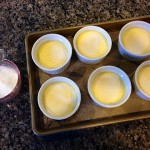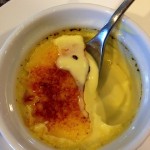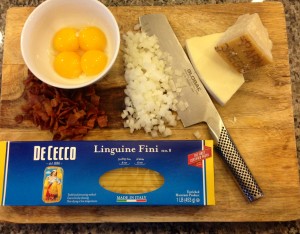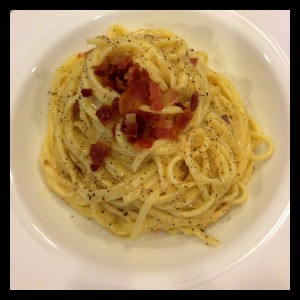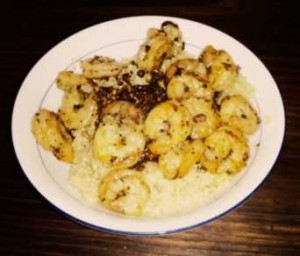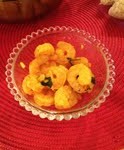 Enchiladas are one of my top 5 most craved meals. If I go to a Mexican restaurant, I inevitably find my way to the enchilada section of the menu and usually get a combo of beef and cheese enchiladas, always with red sauce. I also make them at home frequently. I love their melted cheesiness, the soft corn tortillas filled with beef, the flavorful red sauce… from a can! Other than beans and tomatoes, I’m not big on canned food.
Enchiladas are one of my top 5 most craved meals. If I go to a Mexican restaurant, I inevitably find my way to the enchilada section of the menu and usually get a combo of beef and cheese enchiladas, always with red sauce. I also make them at home frequently. I love their melted cheesiness, the soft corn tortillas filled with beef, the flavorful red sauce… from a can! Other than beans and tomatoes, I’m not big on canned food.
So, the other day, as much as I’ll happily, and without shame, admit to 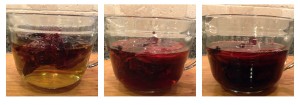 loving the canned sauce, I began to wonder… “How do they make that?!” So I started to google. I am by no means an authority on authentic Mexican food, but my taste buds don’t lie to me very often. Do you know how many “authentic Mexican enchilada sauces” used tomatoes as their base? dozens! Even I know that’s not how it’s made. I knew the sauce was based on dried chiles, but that’s about all I knew.
loving the canned sauce, I began to wonder… “How do they make that?!” So I started to google. I am by no means an authority on authentic Mexican food, but my taste buds don’t lie to me very often. Do you know how many “authentic Mexican enchilada sauces” used tomatoes as their base? dozens! Even I know that’s not how it’s made. I knew the sauce was based on dried chiles, but that’s about all I knew.
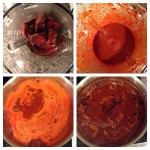 So I researched (obsessively) and found two recipes that sounded very authentic, and had no tomatoes or flour on their ingredient lists. One was based on a recipe from Rick Bayless’ cookbook, and if you’ve never heard of him, he’s like the ultimate rock star chef when it comes to authentic Mexican cuisine. Another was from mexicoinmykitchen.com. I took my favorite elements from both and combined them with a few other things I learned on my googling adventure, and came up with this. It was so fun and satisfying to create something from scratch that I have loved for so long! And it was really inexpensive and easy. The best part was that my house smelled like a Mexican restaurant, which I took as a sign I was doing something right! Here’s how I did it.
So I researched (obsessively) and found two recipes that sounded very authentic, and had no tomatoes or flour on their ingredient lists. One was based on a recipe from Rick Bayless’ cookbook, and if you’ve never heard of him, he’s like the ultimate rock star chef when it comes to authentic Mexican cuisine. Another was from mexicoinmykitchen.com. I took my favorite elements from both and combined them with a few other things I learned on my googling adventure, and came up with this. It was so fun and satisfying to create something from scratch that I have loved for so long! And it was really inexpensive and easy. The best part was that my house smelled like a Mexican restaurant, which I took as a sign I was doing something right! Here’s how I did it.
Mild Red Enchilada Sauce
Ingredients:
- 8 dried ancho chiles (also called California chiles)
- 3 whole garlic cloves
- 1 tbs salt
- 1 tbs sugar
- 2 tsp black pepper
- 2 tsp dried oregano
- 1 tbs cumin seeds (or ground cumin)
- tiny pinch of ground clove (traditional, but optional)
- 2 tbs white vinegar
- 2 cups chicken broth
- 2 cups soaking liquid
- 3 tbs vegetable oil
To Prepare:
Preheat oven to 400. Set a tea kettle or small pot of water to boil. Prepare chile peppers by tearing or snipping of stems and shaking out as many seeds as you can. Place peppers on baking sheet and toast in preheated oven for 5 minutes. Place peppers in a large heat proof container and pour over boiling water to cover. Let them steep for 1-2 hours. The water will become a deep red color and the peppers will become very soft.
Place peppers, two cups of soaking liquid, garlic and spices in a blender and puree until completely smooth. Heat oil in saucepan and add the pureed mixture, vinegar, and chicken stock and cook over medium-high heat until the sauce reduces and slightly thickens.
Use in your favorite enchilada recipe and enjoy!
Note: For a vegetarian version of this, either use vegetable stock, or just use 4 cups total of the soaking liquid and omit the stock all together.
-ALH (Ani)

